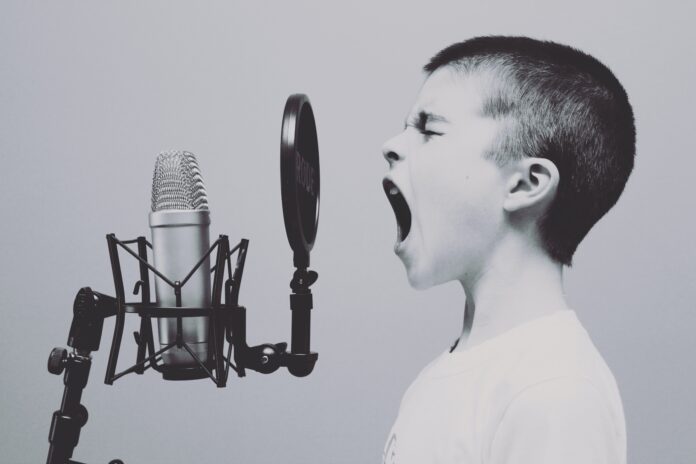Child voice-over is a specialized field that plays a vital role in children’s media, including animated shows, movies, audiobooks, and educational content. The art of child voice-over requires unique skills and considerations to effectively engage young audiences and bring characters to life. In 2023, as children’s media continues to evolve, the impact of child voice-over on shaping children’s experiences and fostering their imagination is more significant than ever. Let’s explore the art of child voice-over and its influence on children’s media.
- Authenticity and Connection: When it comes to child voice-over, authenticity and connection are paramount. Children possess a natural ability to detect authenticity and relate to voices that resonate with their own experiences. Casting child voice actors who can authentically portray the age, emotions, and energy of the characters enhances the connection between the audience and the content. This connection enables children to fully immerse themselves in the story and characters, creating a lasting impact.
- Emotional Range and Expressiveness: Children experience a wide range of emotions, and effective child voice-over artists can capture and express these emotions authentically. Whether it’s excitement, joy, fear, or sadness, voice actors must be able to convey these emotions convincingly through their voices. The ability to project a genuine emotional range helps children connect with the characters on a deeper level and makes the storytelling experience more impactful.
- Versatility and Characterization: Child voice-over artists need to be versatile in their performances to bring a diverse range of characters to life. From playful and mischievous to wise and introspective, child characters can be found in various roles and settings. Voice actors must be able to adapt their voices, intonations, and speech patterns to suit each character’s personality, background, and traits. This versatility allows for richer and more nuanced storytelling, engaging children with characters they can relate to and learn from.
- Clear Articulation and Enunciation: Children’s media often serves an educational purpose, teaching children language skills, vocabulary, and pronunciation. Child voice-over artists must prioritize clear articulation and enunciation, ensuring that young listeners can easily understand and follow the dialogue. Emphasizing proper pronunciation, pacing, and clarity helps children develop their language abilities while enjoying the content.
- Collaboration and Direction: Child voice-over artists often work closely with directors and production teams to create a cohesive and impactful final product. Collaboration is key in understanding the vision for the characters, their motivations, and the overall tone of the project. Voice actors should be receptive to direction, feedback, and adjustments to their performances to align with the creative vision. A collaborative approach ensures that the child voice-over work complements the animation, visuals, and storytelling elements, resulting in a seamless and engaging experience for young viewers.
- Safety and Emotional Well-being: Child voice-over artists are typically minors, and their safety and emotional well-being should be a top priority. Production teams and casting directors must create a safe and supportive environment for child actors to express themselves freely. This includes adhering to labor laws, providing adequate breaks, and considering the impact of certain scenes or content on the child’s emotional state. Protecting the well-being of child actors is essential for their continued growth and enjoyment of the voice-over process.
- Positive Representation and Role Modeling: Child voice-over has the power to shape how children perceive themselves and the world around them. It is crucial to provide positive representation and role modeling through diverse and inclusive characters. By casting voice actors from different backgrounds and cultures, children can see themselves reflected in the stories they consume. This representation fosters empathy, acceptance, and a sense of belonging, contributing to the positive development of children’s identities.
- Impact on Education and Learning: Child voice-over plays a significant role in educational media, such as

